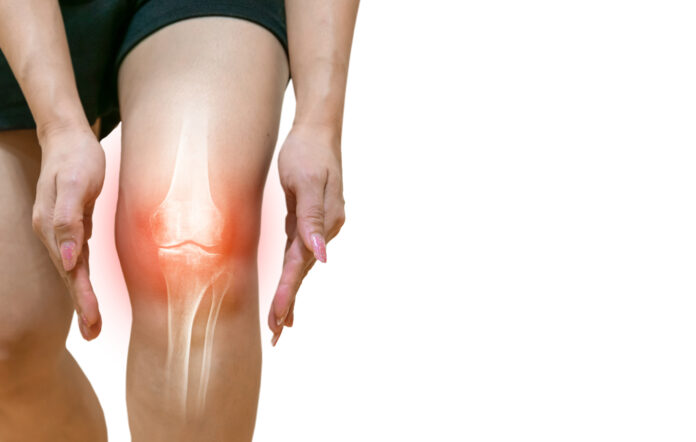Inflammatory joint diseases, for example, gout and pseudogout are common in the elderly. This case report discusses a similar but rare occurrence of both the conditions in the same joint.
A forty-two-year-old man presented to the emergency department with the complaint of pain and swelling in the right knee for two days. The pain occurred spontaneously and there was no history of trauma. However, the patient complained of similar recurrent attacks in the right knee for the past two years.
The doctors evaluated his previous arthrocentesis (joint aspiration) results of the right knee that revealed negatively birefringent crystals for which the patient was taking colchicine. Moreover, his past medical history was also significant for grade 3 chondromalacia of the right knee, asthma and ischemic heart disease.
Examination and Investigation for Pseudogout and Gout
The doctors did a general physical examination which revealed that the right knee was warm, tender, and erythematous with moderate effusion. Moreover, pain restricted his movement. His labs further revealed an elevated leukocyte count, elevated erythrocyte sedimentation rate, increased C-reactive protein, and uric acid levels.
The radiological imaging showed degenerative findings with narrowing of the medial compartment in the right knee. However, radiology did not identify any calcification within the joint. Furthermore, joint fluid aspiration revealed turbid and straw-coloured fluid with a high neutrophilic count. Culture and staining were also negative, however, microscopic evaluation was evident of scanty crystals that were both positive and negative birefringence. These findings were consistent with the diagnosis of pseudogout and gout in the same joint respectively.
The treatment plan included physiotherapy and colchicine. Due to the history of ischemic heart disease, the doctors did not prescribe NSAIDs. In addition, to avoid the flare of gout, the doctors did not give allopurinol. He was also given analgesics for pain, which included paracetamol and tramadol. The patient showed improvement after the treatment and was discharged after two days.




